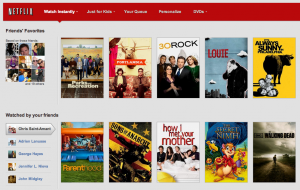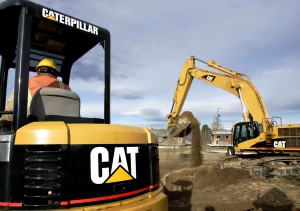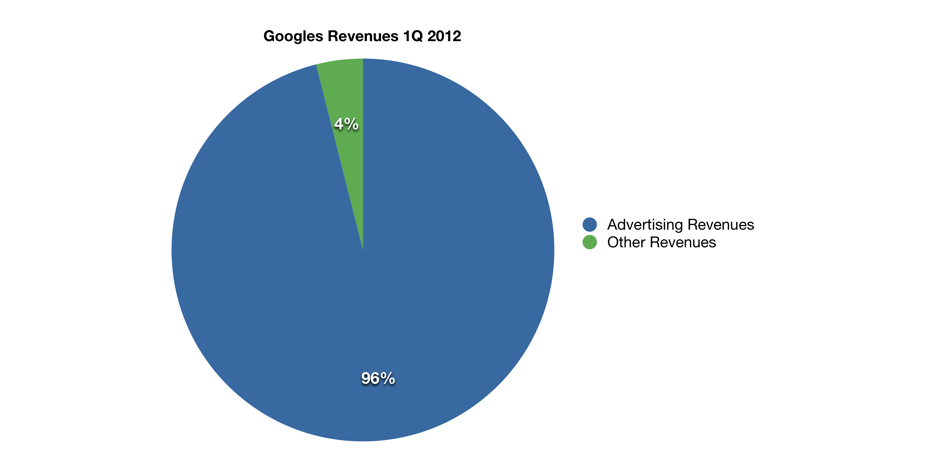Netflix is taking a bold move after spending over two years recovering their losses from their last big controversial pricing and programming change. The Netflix CEO Reed Hastings is doing everything possible to avoid another Qwikster disaster.
Since their lose of nearly 800,000 users and 75% of it’s value, Netflix has worked it’s way back to the top with over 29.1 million members, surpassing enterprises like HBO. [1] However, Netflix could not have done this without turning back the focus to their users wants and needs.
Netflix has done a great deal to reinvent their service, pricing and licensing deals. Recently, Netflix has utilized Facebook to create a Netflix Social , where users can link their facebook and Netflix account and view tabs of “what your friends are watching” or “friends favorite”. [2] Netflix also just made a deal with Dreamworks to begin producing another Children’s original animation series. [3] Furthermore, Netflix’s production and release of 15 new episodes of the popular show Arrested Development has also received a lot of praise by Netflix users..[4]
Despite their growth and efforts to reconstruct their service, Netflix has run into a new growing problem.
Their current problem is that over 10 million users are not paying for the streaming service Netflix’s CEO is trying to be very cautious about handling the shared user and password issue. Hastings does not want to lose or ban viewers, but instead he wants to keep people positive and excited about Netflix’s service.[5]
Analysts insist that Netflix’s profit would exponentially increase if Hasting’s cracked down on the issue. One analyst believes they could be making up to 5% more per subscriber if they fix their current pricing or offer different plans for users.[6]
Instead, Netflix’s CEO is celebrating the idea “that people love the service”. [7]
The new plan that will be unveiled will allow four streams for $11.99, while the current pricing of $7.99 for two streams per account will still be available. They expect less than 1% of customers to opt for the new plan, but they hope as their service becomes in bigger demand that users will begin to see the value.[8]
Other plans consist of adding a $3 increase for added users , adding extra fees for children programming or limiting the number of devices that can be attached to the account. [9]
Netflix users are vulnerable since the last price and policy change, so Hastings needs to remain very sensitive to the issue in order to sustain their level of expansion and growth in the market. Therefore, Hastings is not interested in making any drastic changes, but slowly implementing different plans with added benefits.
Whether you are a current Netflix user or considering a subscription to Netflix, what plan or price increasewould drive you away? What added benefits or licensing deals would make you keep your subscription?








